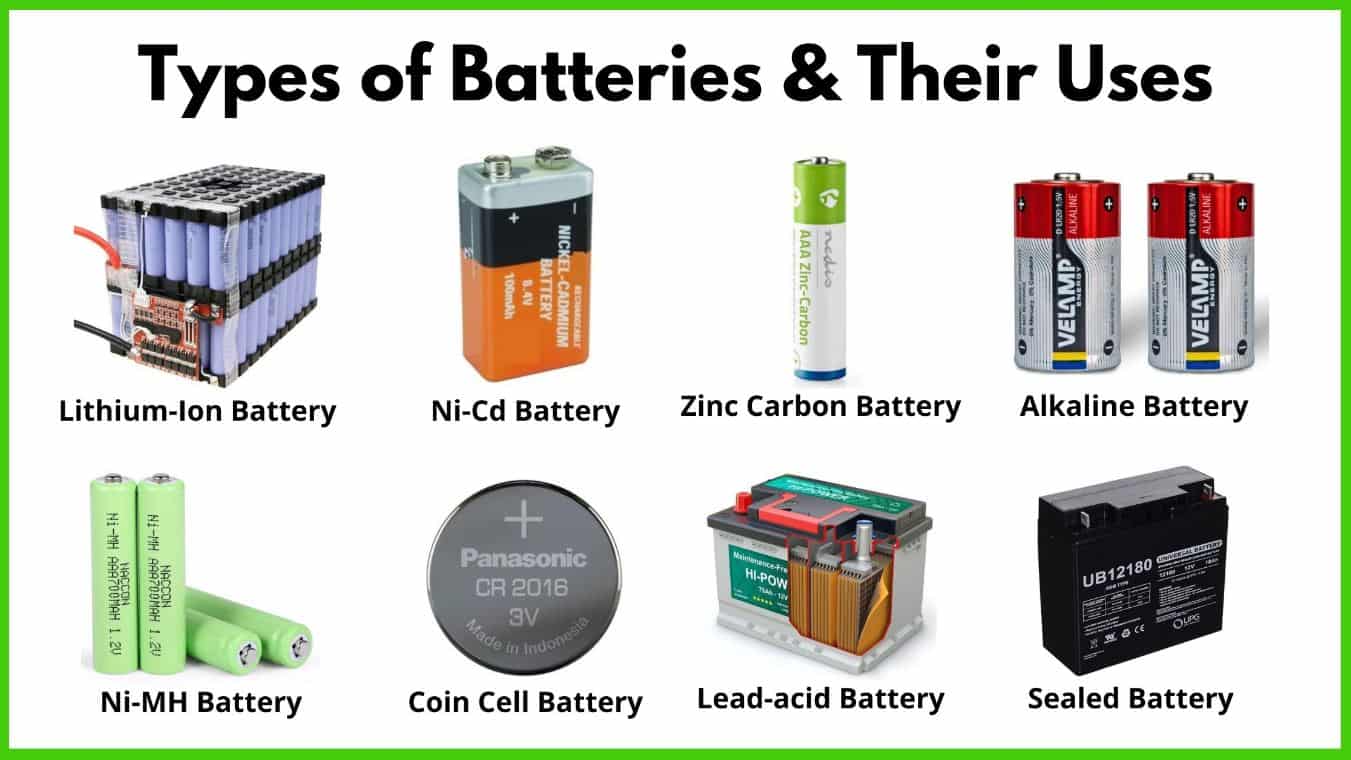Compared to last time, the technology of electric vehicles is achieving its milestones. Electric vehicle battery technology is flourishing day by day. The customers most love the products of such technology.
The battery is one of the essential parts as far as EV technology is concerned. Mainly there are two types of batteries: lithium-ion and lead acid batteries. There are various comparisons between the two types, which are discussed.
Comparison between the lithium-ion battery and lead acid battery
A reasonable comparison between the lead acid battery and lithium-ion battery has been made, which is as follows:
- Energy and Range
Comparing these two types of batteries, the lithium-ion battery has an energy density of about 125-600+ Wh/L, while the lead acid battery only has an energy density of 50-90 Wh/L. This implies that if you drive an equal distance using these batteries in the same car, the lead acid-based battery can take up to ten times more volume than the lithium-ion battery, which is also heavier. Hence, lithium-ion-based batteries will permit space for other crucial things, such as more parcels and more passengers in a vehicle.
- Charging
The lead acid batteries will take over 10 hours to fully charge, while charging lithium-ion batteries can take up to 3 hours or a few more minutes based on the battery size. Lithium-ion can approve a faster rate of current and quick charging than other batteries of lead acid. This is very significant for applications of time-sensitive where vehicles are utilized heavily and some break periods. For example, in the terminal tractor case, each minute the ship arrives at its port has financial repercussions on the caravan owner, so the battery should be recharged rapidly during the short break to load the ship again.
One-size fit is not an approach for every battery. Instead, it is regarding giving the perfect electric solution to fulfill the application’s requirements.
- The Materials Used
Both kinds of batteries, I.e., lead-acid and lithium-ion batteries, functions on the exact principle. The main difference is in the anode, cathode, and electrolyte materials. In the case of lead-acid batteries, the anode will be lead metal, and the cathode will be lead oxide. While as in lithium-ion-based batteries, carbon will be the anode, and lithium oxide as the cathode. In lead acid, sulphuric acid is used as an electrolyte, and in lithium-ion batteries, lithium salt is used as an electrolyte.
- Durability
The duration of time the battery will last determines its durability of a battery. For example, lead acid batteries have a durability of 2 years if they are maintained well, I.e., recharge them frequently after 50% use of the battery. However, if it is used wholly or up to 80%, it can provide only 350 cycles, or durability will be only one year. On the other hand, lithium-ion-based batteries have a warranty of 10 years and can be used for 10,000 cycles. So lithium-ion batteries have long durability.









